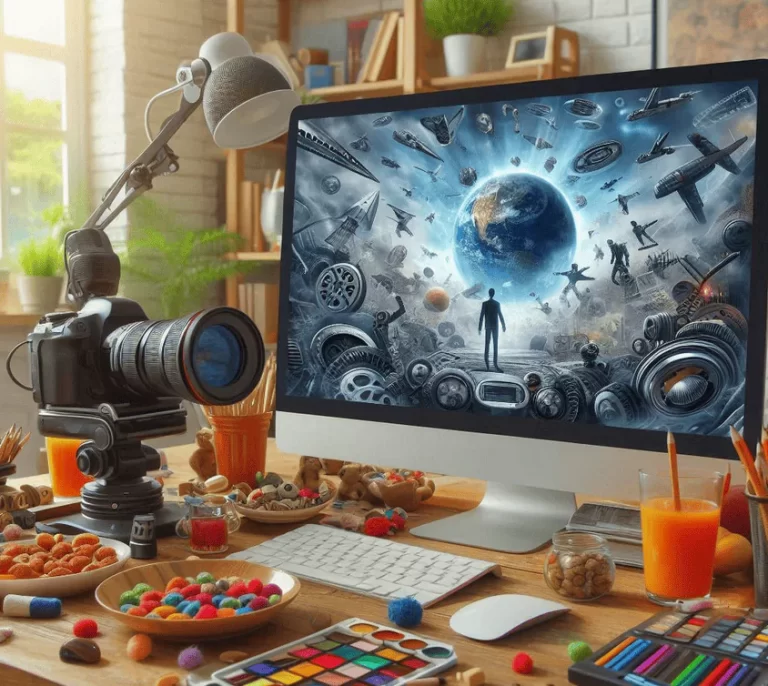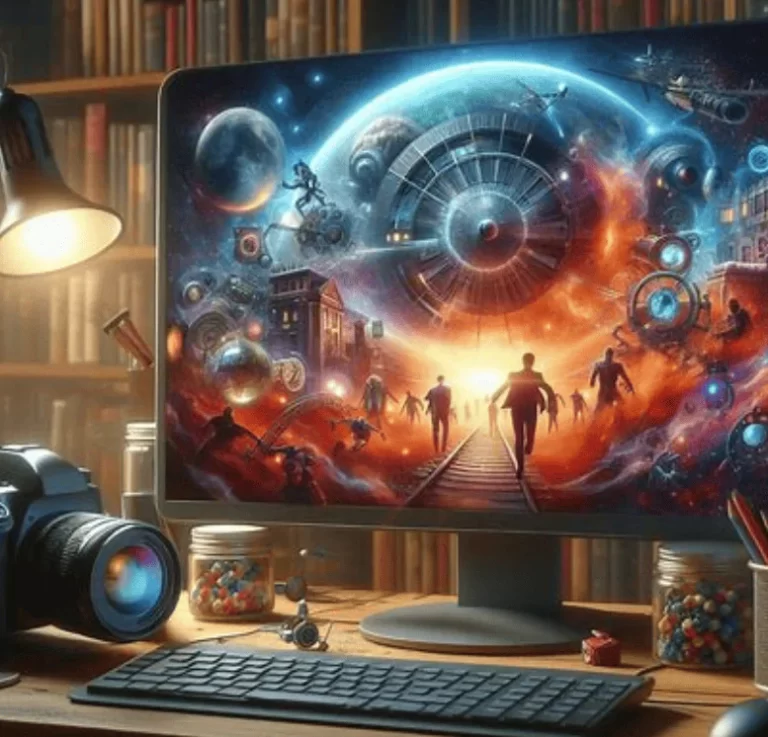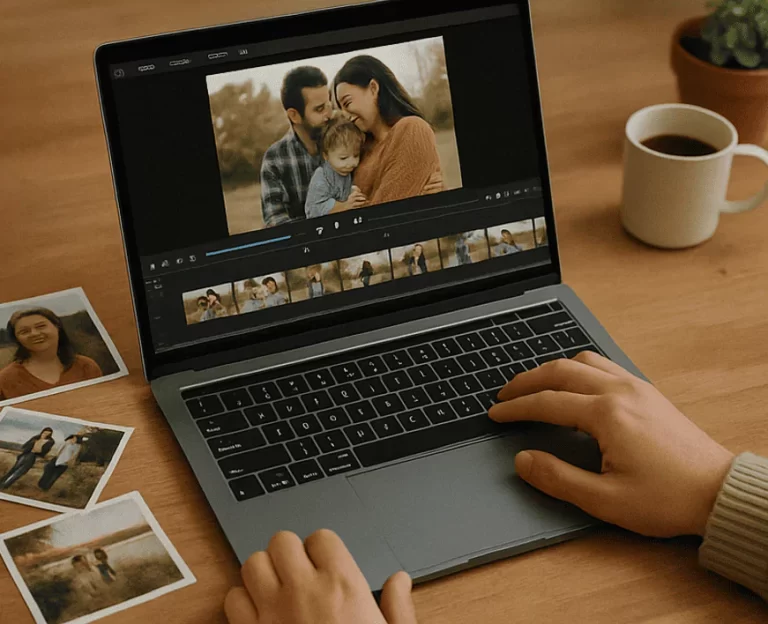
Digital canvas In the vast expanse of human creativity, a new frontier has emerged—one defined not by oils and pigments, but by pixels and code. The digital canvas represents a revolution in the way art is conceived, created, and shared. It is a boundless realm where imagination is no longer tethered to the constraints of physical materials, enabling artists to venture into dimensions that were once unattainable.
The Birth of the Digital Canvas
Art has always been a reflection of the era it was created in, evolving alongside humanity’s technological advancements. From cave paintings to the intricacies of Renaissance art, every medium has told a story not just of the artist but of the time they lived in. The digital canvas is no different—it is the product of an age driven by rapid technological innovation and interconnectedness.
The rise of computer graphics in the mid-20th century planted the seeds for the digital canvas. Early pioneers in digital art experimented with rudimentary tools, creating pixelated images that hinted at the potential of this medium. These initial forays may have lacked sophistication, but they carried the promise of a future where art and technology would coexist seamlessly.
Redefining Creativity in the Digital Age
The digital canvas transcends the limitations of traditional mediums. Unlike physical canvases that are constrained by size, texture, and material, the digital realm offers infinite possibilities. Artists can work on massive virtual landscapes or zoom in to manipulate individual pixels with microscopic precision. This flexibility opens the door to techniques and styles that were previously inconceivable.
Moreover, the digital canvas eliminates many barriers to entry. Traditional art often requires expensive materials and dedicated studio space, but digital tools democratize the creative process. With a tablet, a stylus, or even a smartphone, aspiring artists can bring their visions to life. This accessibility has given rise to a global community of creators who are pushing the boundaries of what art can be.
The Tools of the Trade
To fully appreciate the potential of the digital canvas, one must understand the tools that power it. At its core are software programs that range from beginner-friendly applications to professional-grade platforms. Programs like Adobe Photoshop, Procreate, and Blender have become staples for artists, offering a vast array of brushes, effects, and 3D modeling capabilities.
Equally important are the devices used to interact with these programs. Graphics tablets and digital pens provide an intuitive way to draw and paint, mimicking the tactile feedback of traditional tools. Meanwhile, virtual reality headsets are enabling artists to step inside their creations, crafting immersive experiences that blur the line between viewer and participant.
The Unique Qualities of the Digital Canvas
What sets the digital canvas apart from its physical counterparts is its inherent adaptability. Layers allow artists to experiment fearlessly, making adjustments without fear of ruining their work. Undo and redo functions grant a freedom that traditional artists can only dream of, encouraging risk-taking and innovation.
Furthermore, the digital canvas is inherently collaborative. Files can be shared across the globe in an instant, enabling artists to work together in ways that were once unimaginable. This has given rise to collaborative projects that span continents, blending diverse perspectives into cohesive masterpieces.
The Fusion of Art and Technology
The intersection of art and technology is perhaps most evident in generative art, where algorithms play a central role in the creative process. Using code, artists can create dynamic pieces that evolve over time or respond to external stimuli. The digital canvas becomes a living entity, capable of surprising even its creator with unexpected outcomes.
Artificial intelligence is another transformative force. Tools like DALL·E and MidJourney allow artists to generate intricate images based on textual descriptions, expanding the digital canvas beyond the limits of human imagination. While some purists may argue that this diminishes the artist’s role, others see it as a powerful collaborator that enhances creative potential.
Challenges and Controversies
Despite its many advantages, the digital canvas is not without its challenges. One major issue is the question of ownership and authenticity. In a world where digital files can be copied endlessly, how can artists protect their work? Blockchain technology and non-fungible tokens (NFTs) have emerged as potential solutions, offering a way to establish provenance and ensure that digital art retains its value.
Another concern is the environmental impact of digital art. While it may eliminate the need for physical materials, the energy consumption of powerful computers and servers cannot be ignored. As the demand for digital art grows, finding sustainable ways to power the digital canvas will be essential.
The Cultural Impact of the Digital Canvas
The influence of the digital canvas extends far beyond the art world. It has become a central element in industries ranging from advertising to entertainment. Video games, for example, rely heavily on digital artistry to create immersive worlds that captivate millions of players. Similarly, movies and television shows use digital effects to bring fantastical stories to life.
Social media platforms have also played a pivotal role in popularizing the digital canvas. Sites like Instagram and Behance have become virtual galleries where artists can showcase their work to a global audience. This visibility has empowered creators, allowing them to build careers and connect directly with fans.
Looking Ahead: The Future of the Digital Canvas
As technology continues to evolve, so too will the possibilities of the digital canvas. Emerging technologies like augmented reality (AR) and mixed reality (MR) promise to further blur the boundaries between the physical and digital worlds. Artists will soon be able to create works that exist simultaneously in both realms, offering viewers entirely new ways to experience art.
The integration of blockchain technology may also transform the way art is bought, sold, and valued. By establishing unique, verifiable ownership of digital pieces, the digital canvas could become a cornerstone of the modern art market, rivaling traditional mediums in prestige and profitability.
Conclusion
The digital canvas is more than just a tool—it is a paradigm shift in the way we approach creativity. It challenges us to rethink what art can be, offering infinite possibilities limited only by the scope of our imagination. As we continue to explore this new frontier, one thing is certain: the digital canvas will remain a vibrant, ever-evolving space where dreams are rendered in pixels and innovation knows no bounds.



